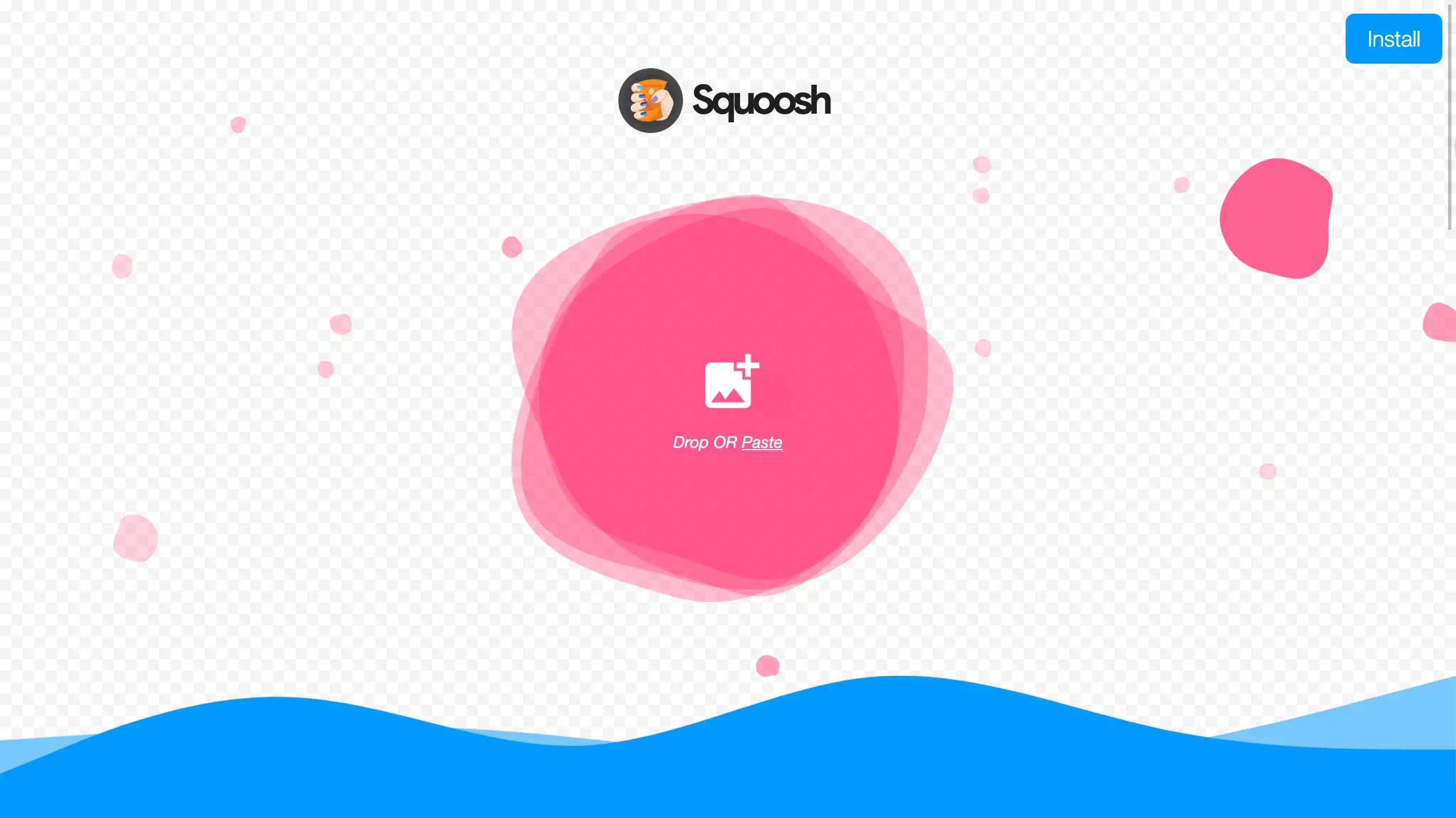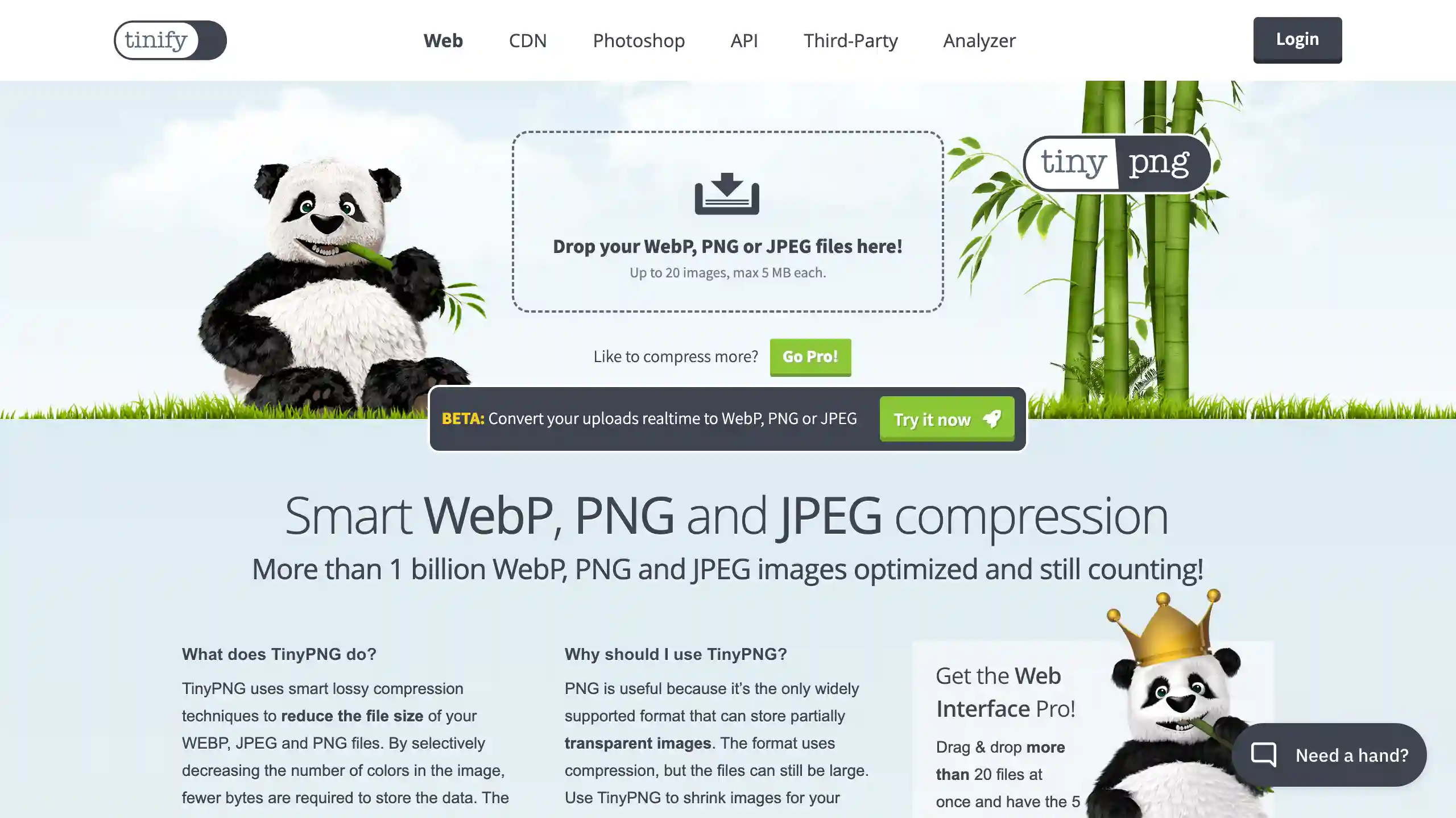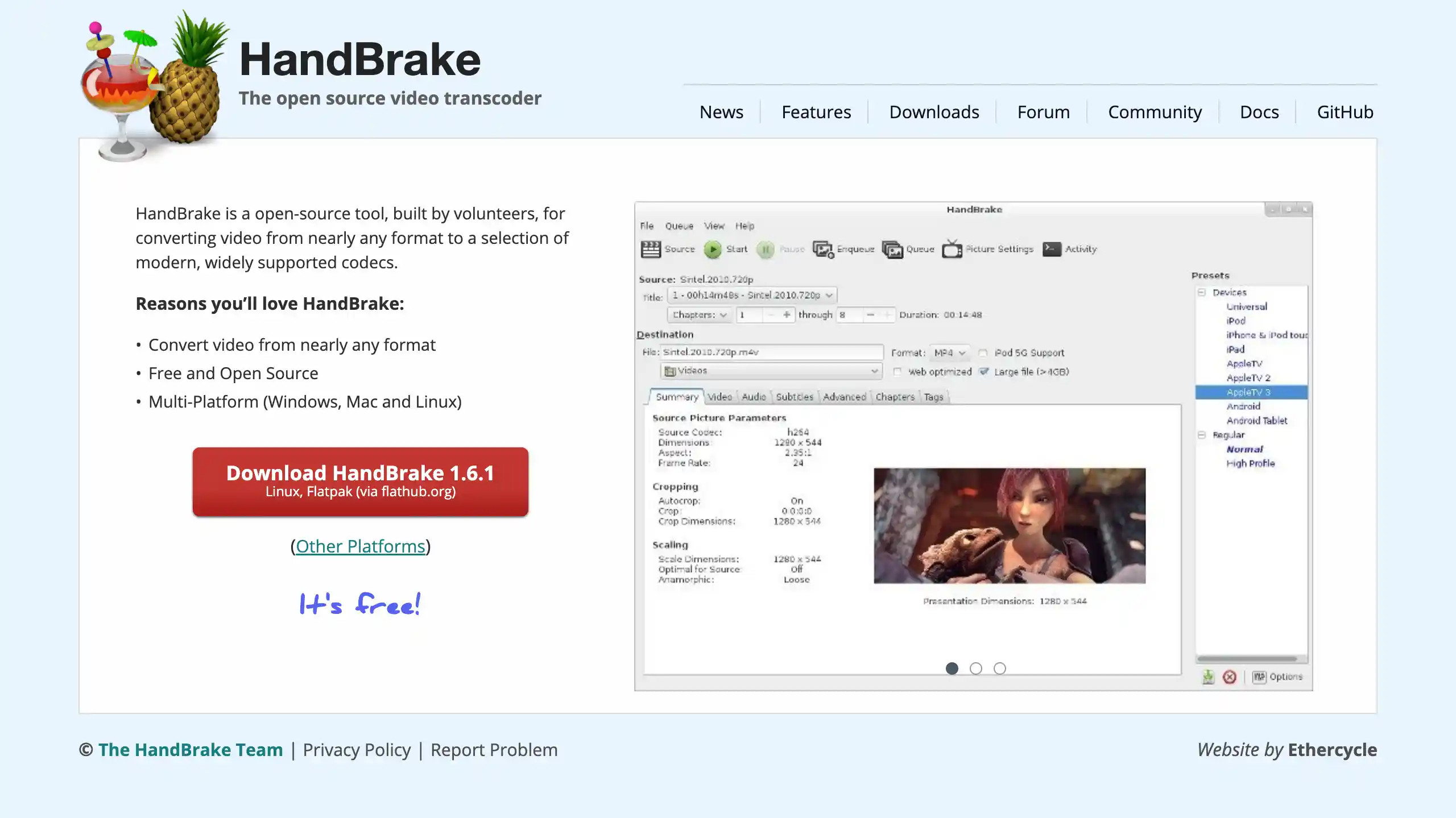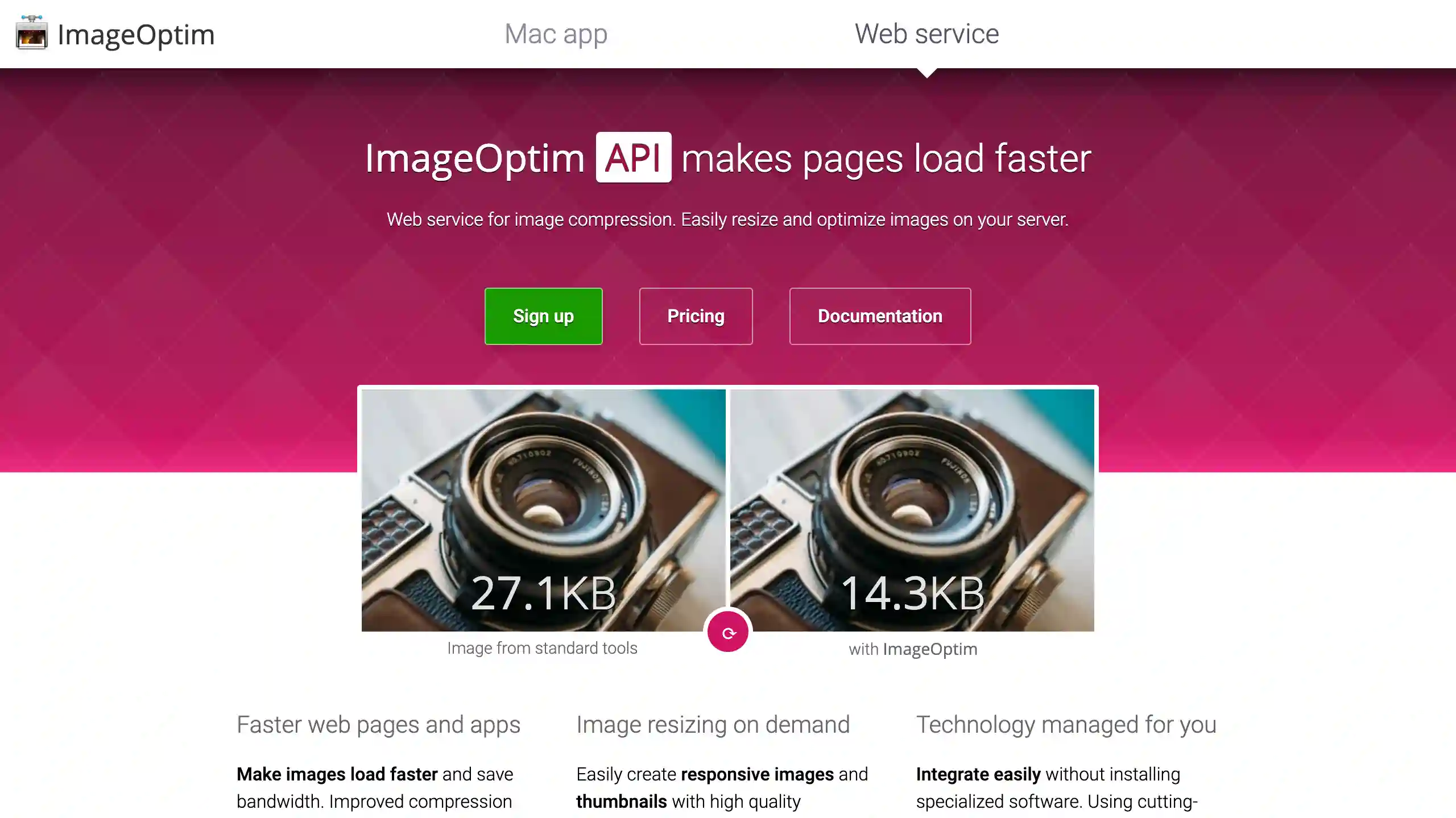4 Simple Tools to Reduce Media Size and Improve Website Performance
Learn how to optimize your website's media files with these four easy-to-use tools. Reduce load times and improve user experience for better website performance.

Introduction
Images and videos on your website can take up a lot of space, leading to slower load times, increased data usage, and a larger environmental impact on your visitors. Thankfully, there are several tools that can help you reduce the size of your media files without sacrificing quality. By shrinking your media files, you can also reduce electricity consumption and carbon emissions. Here are some simple options to consider:
1. Squoosh - Rating: 9/10

Use cases: JPEG, PNG, WebP, and AVIF
Squoosh, developed by Google, is a powerful web application that enables you to compress and optimize images. It supports various image formats, including JPEG, PNG, WebP, and AVIF. Squoosh offers a wide range of compression options and provides a real-time preview of image quality. The tool is highly efficient and user-friendly, allowing you to achieve optimal image compression while maintaining excellent quality.
Try out Squoosh online for free.
2. TinyPNG - Rating: 8/10

Use cases: PNG, JPEG and WebP
TinyPNG is a popular free online tool for compressing PNG and JPEG images without compromising quality. What sets TinyPNG apart is its ability to maintain image quality even after compression. However, it is worth noting that the user interface may appear outdated, and the platform lacks support for newer and more common formats. Despite these limitations, TinyPNG has received a high rating of 4.7 out of 5 stars on G2, making it a highly recommended choice for image compression.
Try out TinyPNG online for free.
3. Handbrake - Rating: 7/10

Use cases: MP4, H.265, MKV, WebM, and more.
Handbrake is a free video transcoder that can convert your video files into smaller, more efficient formats. It supports a wide range of file types and offers various options for adjusting the video quality and size. It is available on GitHub as open-source software and has received a rating of 4.6 out of 5 stars on G2, making it a highly recommended option for video compression. Despite having an outdated UI, Handbrake provides good cross-platform support as a native application.
4. ImageOptim - Rating: 4/10

Use cases: PNG (24-bit only) and JPEG
ImageOptim is a free Mac application that efficiently compresses images while preserving their quality. It supports various file formats and offers batch compression for time-saving convenience. ImageOptim also features a useful function that removes unnecessary metadata from image files, reducing their size even further. It's important to note that while the Mac application is free, the web version requires sign-up for image optimization. However, users may find the user interface outdated as it resembles a design from 2010, and the website appears untouched since then.
Conclusion
Images and videos on websites can slow down load times and increase data usage. To reduce the size of media files without sacrificing quality, consider using tools like Squoosh, TinyPNG, and Handbrake. These tools offer compression options for various file formats and can help reduce electricity consumption and carbon emissions.